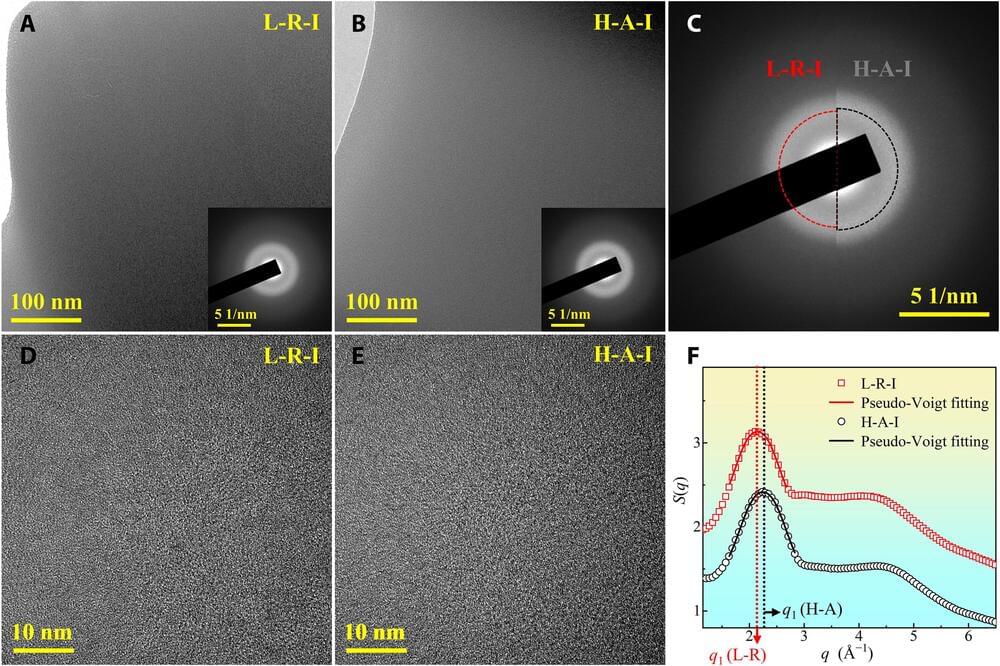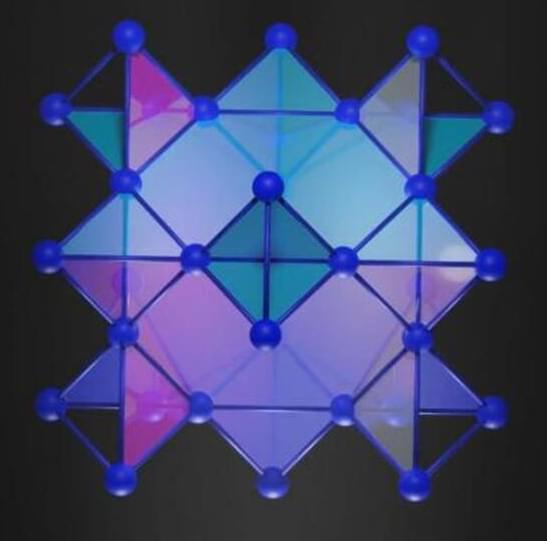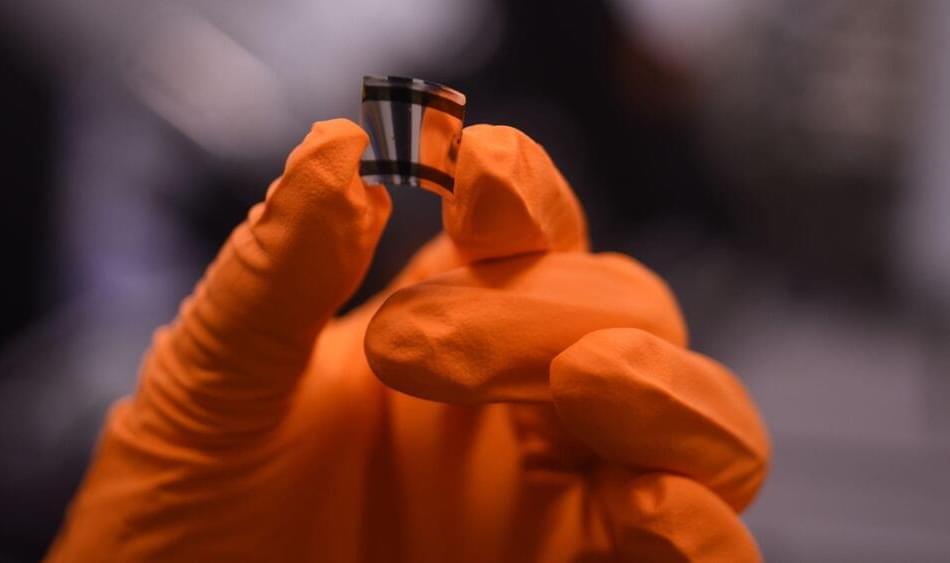A team of materials scientists at Songshan Lake Materials Laboratory, working with colleagues from the China Academy of Space Technology and the Chinese Academy of Sciences, all in China, has found that billions of years of exposure to radiation has made glass on the moon harder.
In their paper published in the journal Science Advances, the group describes how they tested samples of lunar regolith brought to Earth by China’s Chang’e-5 lunar lander and then treated the samples to rejuvenate them for comparison purposes.
Humans have been making glass for approximately 4,000 years; nature, on the other hand, has been doing it for billions of years. In this new effort, the research team studied glass that has been made naturally on the moon by meteoroids striking, and melting lunar regolith —some of it billions of years old.









